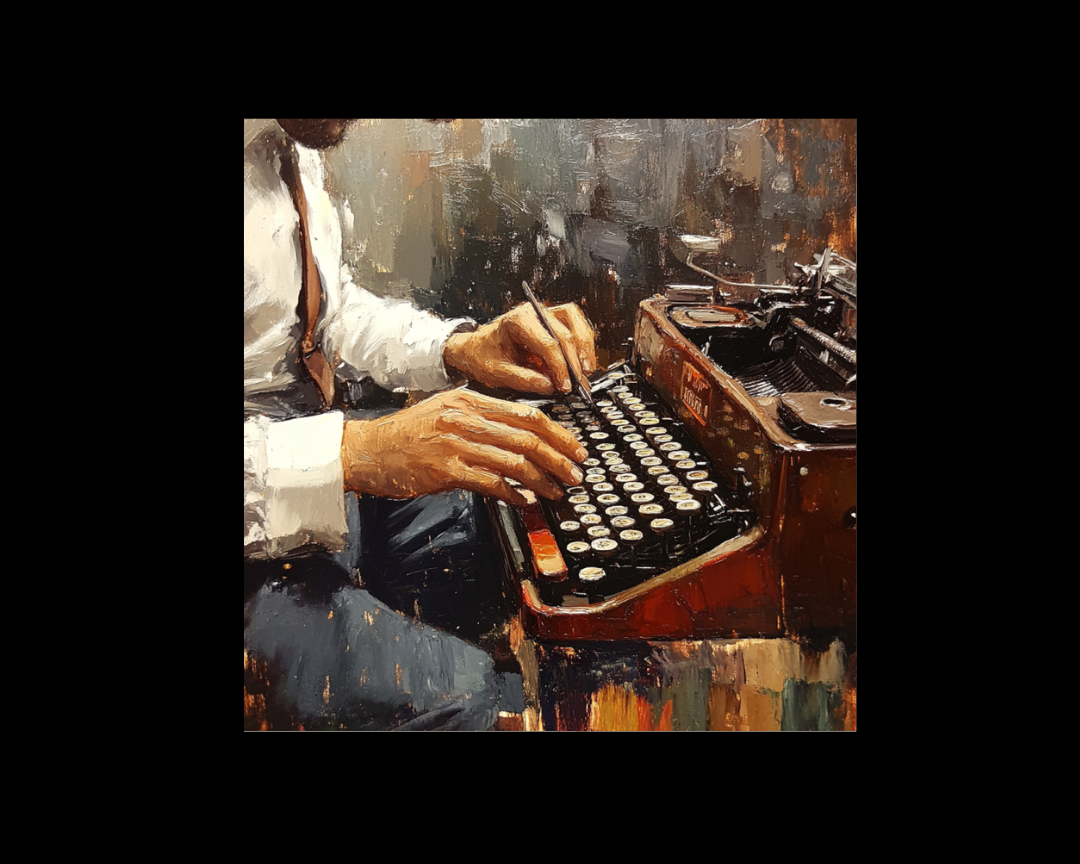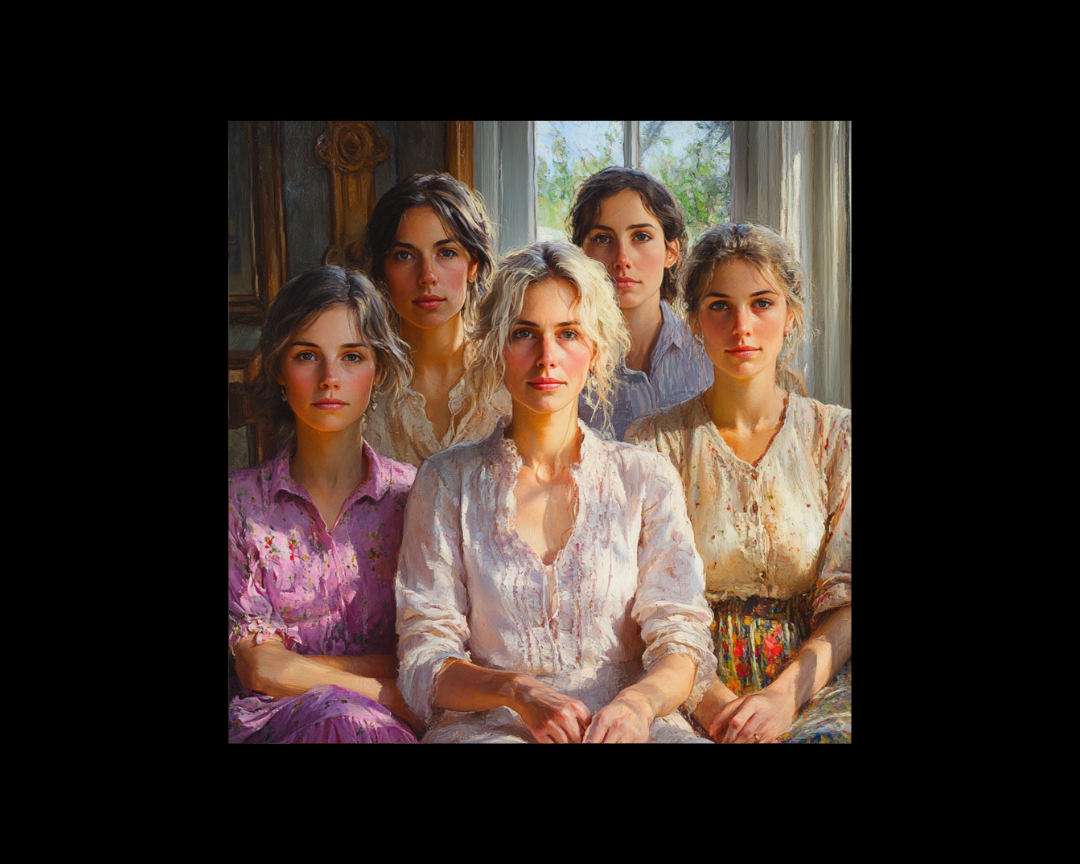Great Novellas and How to Write Them
The novella occupies literature's sweet spot—long enough to develop complex themes yet short enough to sustain perfect tension throughout. Ian McEwan...

Are you ready to create unforgettable character names?
Naming a character is one of the pure joys of the writing process. Sometimes the right name appears as soon as you sketch the character; other times, you’ll spend hours down rabbit holes of baby name databases, linguistic origins, and mythological references. Don’t worry—it’s not procrastination. It’s research.
A great character name should fit the world and tone of your story, resonate emotionally, and communicate something about the person behind the name. Think of how “Katniss Everdeen” reflects a gritty, nature-infused dystopia, while “Harry Potter” grounds us in the humdrum suburbs of Little Whinging before opening the door to magic.
Names do heavy lifting in fiction. They can be thematic, symbolic, humorous, or just beautifully memorable. And if you get them right, they’ll echo in the minds of readers long after the book is closed.
Author and The Novelry writing coach Gina Sorell, a professional namer by trade and a fiction writer by heart, shares her top six secrets to naming your characters with meaning, precision, and flair.
For many writers, names breathe life into characters. A name can unlock voice, tone, and even plot. It can hint at ancestry or disguise it. It can be a declaration, an invitation, or a quiet mystery.
Much like naming children or pets, naming fictional people carries emotional and creative weight. These names become part of your story’s DNA. And when they’re right, they click—instantly.
So how do you get there?
Start with who you’re writing for. A YA reader may embrace imaginative, bold names, while a literary fiction audience might expect something grounded or nuanced. A regency romance might warrant elegant, period-specific names. In contrast, a hard-boiled detective novel might require gritty, sharp monosyllables.
Think about tone, genre, and reader expectations. Your character’s name should fit comfortably—or intentionally uncomfortably—within that space.
Ask yourself what you want the name to do. Are you trying to communicate innocence? Power? Mystery? Social status? A name like “Jemima Foxwell” suggests something very different from “Roxy Blaze.” Both can work—but what’s your goal?
Naming is never neutral. Lean into the opportunity to say something with your choice.
Consider the tone and attitude of the name. Does it feel playful, serious, sophisticated, ominous? Does it signal a character who demands attention, blends in, or subverts expectations?
Names like Cruella de Vil or Voldemort immediately set a tone. Meanwhile, names like Mary Poppins sound whimsical and soft. Don’t be afraid to lean into your genre’s mood—names can set it immediately.
Dig into your character’s personality. Are they reserved, brash, idealistic, stoic? What’s their inner world like? Sometimes names reflect this directly (Lily, Hope, Victor), while other times the contrast is intentional.
Choose names that align with—or sharply juxtapose—your character’s attributes. Either way, make it a deliberate decision.
Names carry cultural, historical, and regional weight. Does your character’s name reflect their background, heritage, or family legacy? If you’re writing historical fiction or speculative worlds, this becomes especially important.
You can research popular names from specific eras or regions, or look into etymology and meaning. Just make sure it fits the character’s timeline, geography, and community. “Huckleberry” might work in 19th-century Missouri—not so much in contemporary Tokyo.
Here’s the sixth secret: the name has to feel right to you. You, the author, will be living with this name for hundreds of pages. If something feels off—even if it checks every box—listen to your gut.
Names can evolve as your story does. Don’t be afraid to change a name halfway through the draft when a better one comes along. Like your characters, your names will reveal themselves over time. Trust the process.
Keep a running list. Avoid having multiple characters with names starting with the same letter.
Mind pronunciation. If it’s tricky to pronounce, offer a subtle cue in dialogue or narration.
Balance uniqueness with clarity. A standout name is great—unless it confuses the reader or breaks immersion.
Consider generational trends. Names like Ethel and Gerald evoke a different era than Jayden or Zara.
Use name meaning resources. Baby name websites, mythology databases, and etymology tools are excellent starting points.
Avoid overloading. Not every character needs a name that’s metaphorically profound. Sometimes a plain old Tom is perfect.
Romantic & Poetic: Ophelia, Aphrodite, Dorian, Rosalind
Playful & Whimsical: Mary Poppins, Paddington, Willy Wonka
Dark & Villainous: Severus Snape, Bellatrix Lestrange, Sauron
Bold & Evocative: Katniss Everdeen, Arya Stark, Jay Gatsby
Historical & Stately: Dame Gwendolyn Merriwether, Lord Grantham, Mr. Darcy
Each of these names tells you something instantly—whether about tone, class, world, or personality.
Naming your characters should be one of the most enjoyable parts of writing. It’s an act of creation that blends logic, language, and emotion. Whether you go with something bold and symbolic or understated and true to life, make it meaningful.
And remember, if you’re unsure about a name, let the story unfold. You might discover your character is someone else entirely—and they’ll tell you what they want to be called.

The novella occupies literature's sweet spot—long enough to develop complex themes yet short enough to sustain perfect tension throughout. Ian McEwan...

In the tapestry of a character's life, the threads of the past often weave the richest patterns. These threads, these echoes of a life lived before...

The term women’s fiction is frequently used within publishing circles, but its definition remains elusive. While readers and booksellers increasingly...